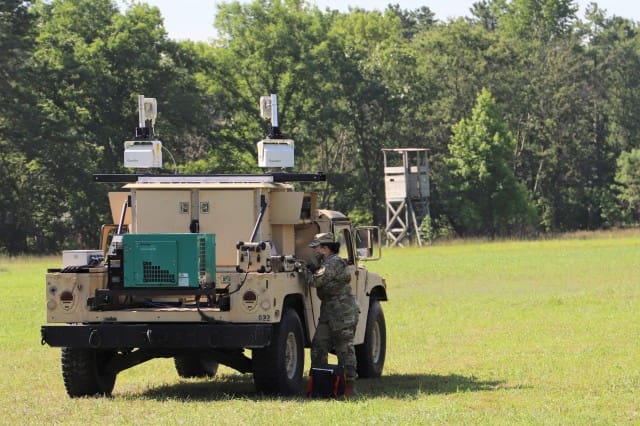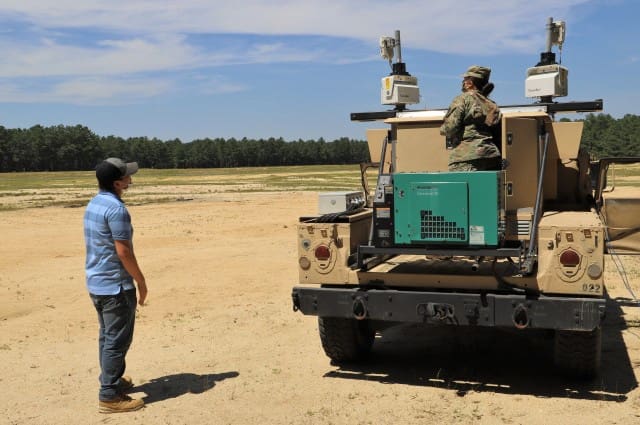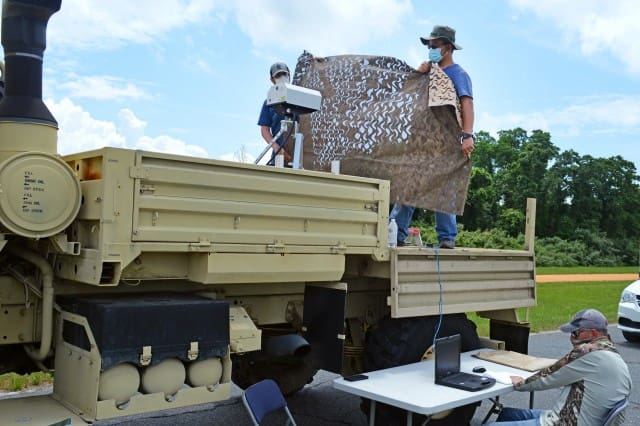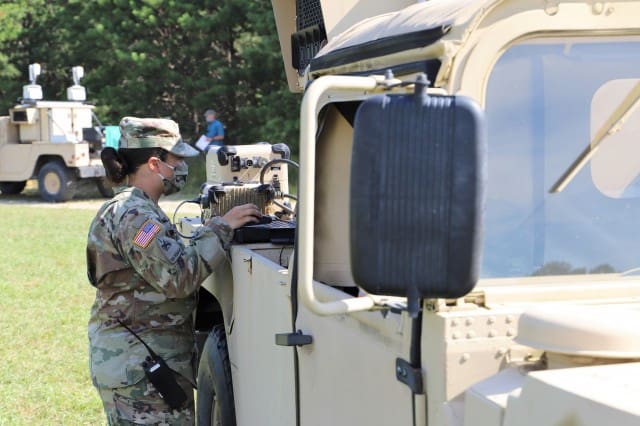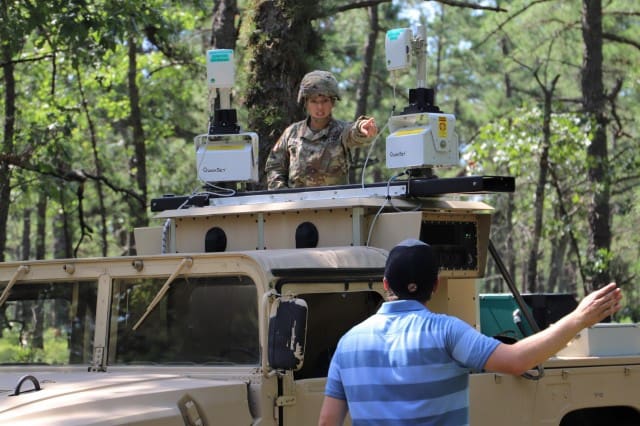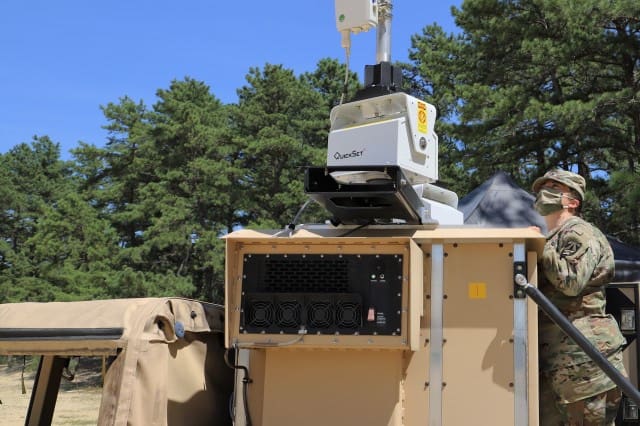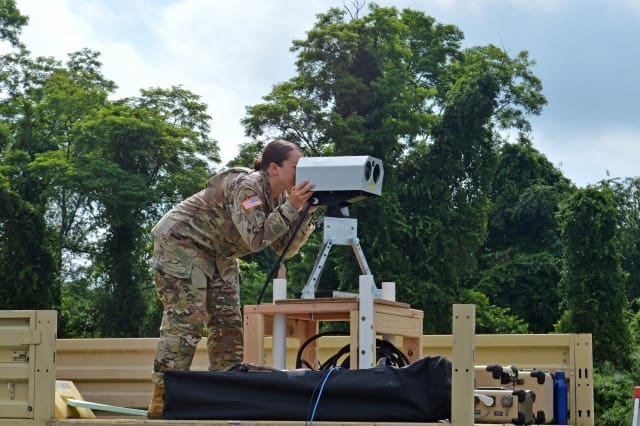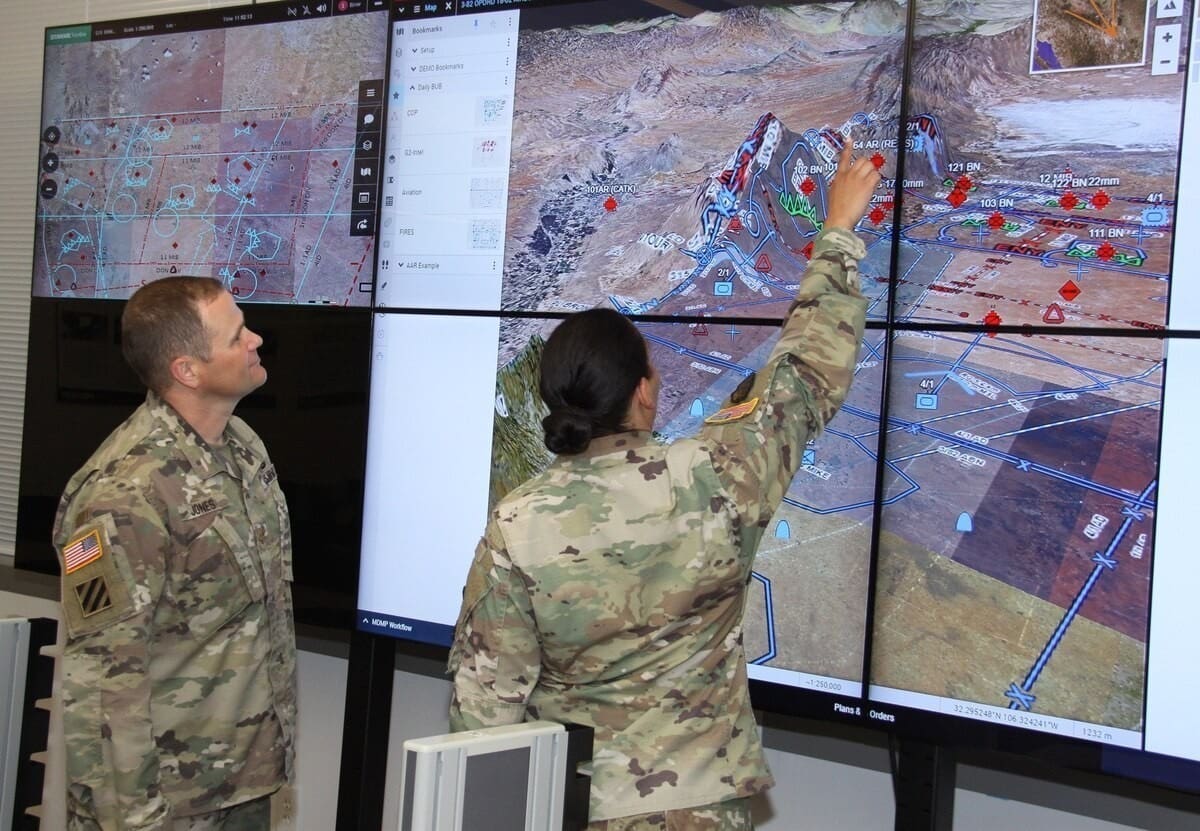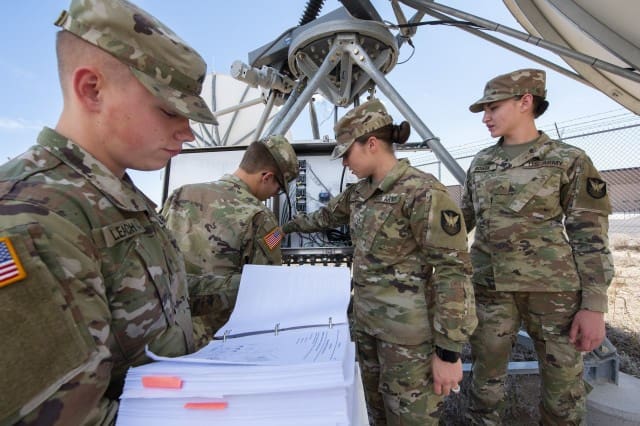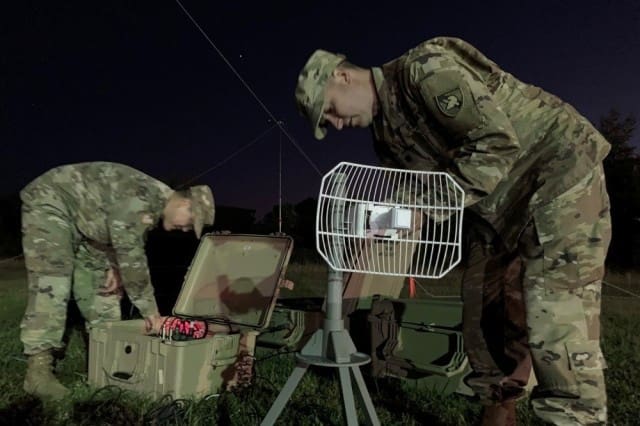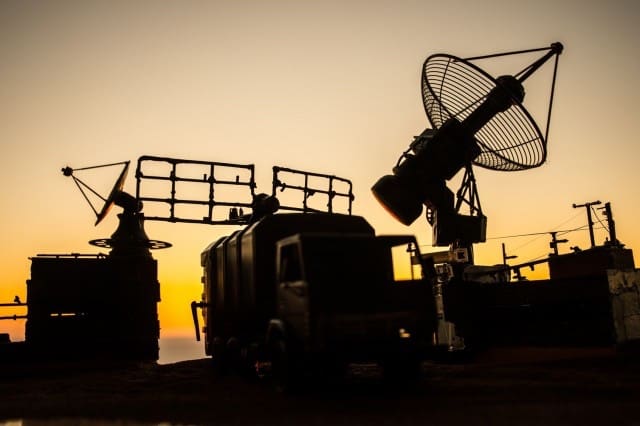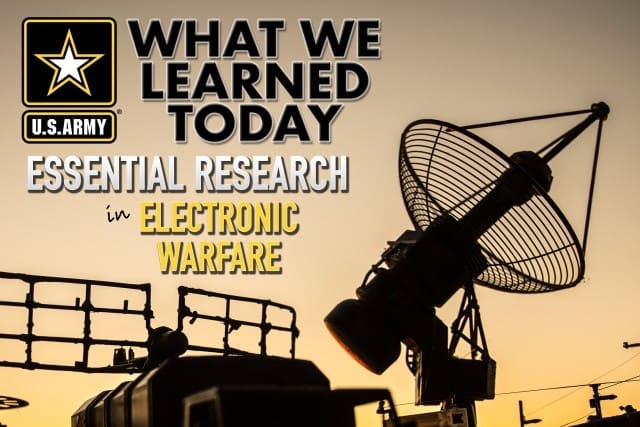Organic to each of the US Army’s Special Forces Groups are small teams of Signal Intelligence specialists operating in teams called Special Operations Team – Alpha or SOT-A. These in turn are supported by fewer still SOT-Bs. I served on a SOT-A from 1990-96 in 2nd Bn, 3rd SFG(A). The SOTs-A are the direct descendants of the United States Army Security Agency Special Operations Detachments (USASASODs).
While other SOF components have stood up SIGINT support elements over the past decade, SF has had the dedicated capability since before the Vietnam War.
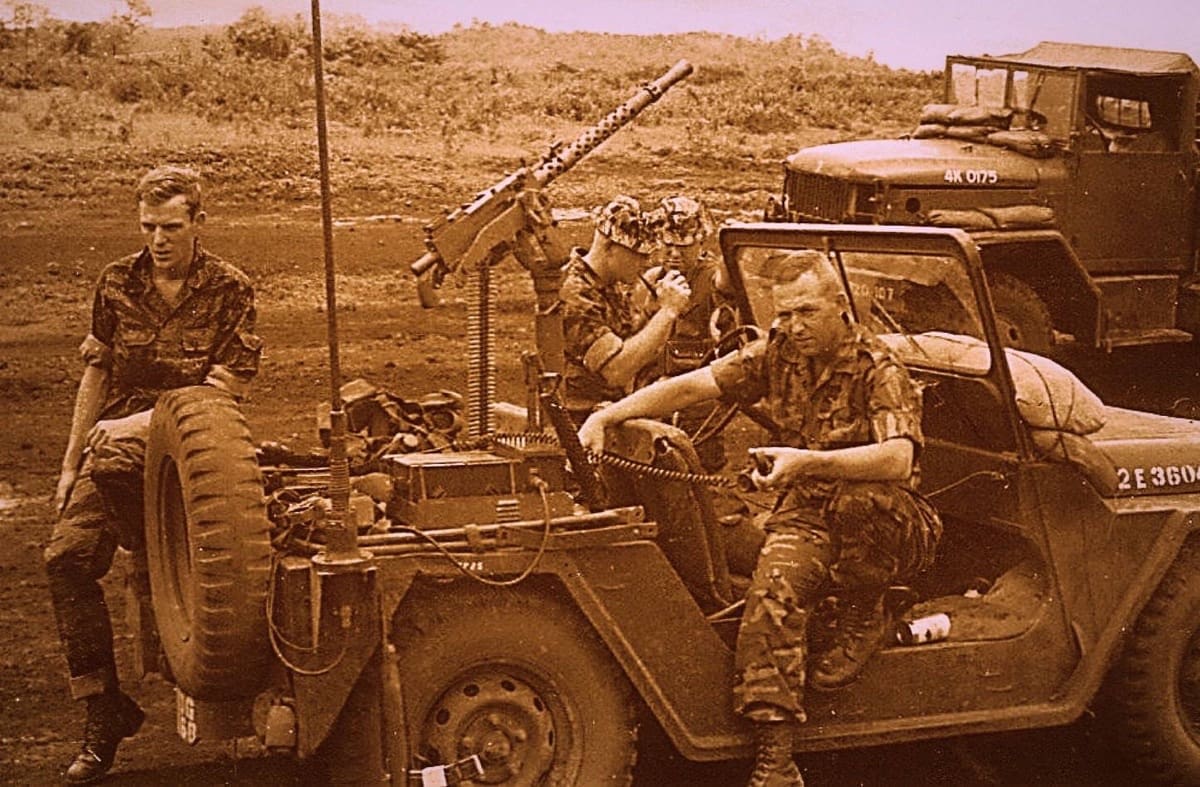
Photograph: The 403rd SOD courier run – Plei Ku to Kontum – 1968 (Photo: INSCOM)
What follows is an “imprecise” history of thier existence from an ASA veteran website.
AN IMPRECISE HISTORY OF THE USASASODS
In the history of mankind, there are fleeting moments of time where, by fate or good judgement on the part of someone, a group of people are brought together at the most appropriate time and place or places to form extraordinary military units.
One such fleeting moment of history, was the formation and life cycle of an extraordinary military unit called the United States Army Security Agency Special Operations Detachment, more commonly referred to as the ASASOD.
One may ask why the ASASODs were called extraordinary and not elite. There are many elite military organizations such as the Roman Legions, Merrill’s Marauders, Rangers, Special Forces, SEALs, etc., however, there are few extraordiary units such as the ASASODs.
Why were the SODs extraordinary? Certainly, the timing was there and so were the places. But, the thing that really made the SOD an extraordinary unit was the people… good Special Forces soldiers…good technicians…loyal, dedicated, brave men…but, most of all, trusted and true friends.
The first SOD was originally formed at Vint Hill Farms Station, VA and relocated to FT Bragg, NC during the summer of 1960 with the 5th and 7th SFG(A)s. Later in 1960, units were organized and located in Okinawa with the 1st SFG(A) and Bad Toelz, GE with the 10th SFG(A). These original SODs were then designated as the 1st (1st SF), 2d (10th SF), 3d (7th SF), and 4th (5th SF) Operational Detachments of the 80th USASA Special Operations Unit (80th USASASOU).
In 1962 these Operational Detachments of the 80th SOU were redesignated as USASA Radio Research Units (RRUs); the 10th RRU (400th SOD) 1st SFG(A), and the 11th RRU (401st SOD) 8th SFG(A) was created, 12th RRU (402d SOD) 10th SFG(A), and the 13th RRU (403d SOD) 5th SFG(A).
During 1963 the units were again redesignated to the final designations we know them as today; the 400th ASASOD, 1st SFG(A); 401st ASASOD, 8th SFG(A); 402d ASASOD, 10th SFG(A); 403d ASASOD, 5th SFG(A) until Jan 64, 7th SFG(A) until Jan 65, and then to the 3d SFG(A) until the 403d’s deployment to RVN with the 5th SFG(A) in 1966.
The SODs remained the same from 1966 until the post-Viet Nam stand down of Special Forces during the early 1970s. With the stand down of the 5th SFG(A) in Viet Nam, the 403d was deactivated and was never again reactivated. On deactivation of the 8th SFG(A) in Panama, the 401st was deactivated for a short while and later reactivated with the 7th SFG(A) at Ft Bragg, NC. In 1974, on deactivation of the 1st SFG(A), the 400th was redeployed from Okinawa to Ft Bragg with the 5th SFG(A). The 402d redeployed from Germany with the 10th SFG(A) to Ft Devens, MA.
The official end of the USASASODs as United States Army Security Agency units came with the deactivation of HQs, USASA and conversion to Combat Electronic Warfare Intelligence (CEWI) organizations in December, 1976. However, even after the designation of USASA, the SODs continued to carry the ASASOD unit designations into the early 1980s when they were redesignated as Combat Intelligence Companies.
By the late 80s, the CBTI Cos were broken apart into Battalion level Military Intelligence Detachments in addition to a Group-level MID. The SOT-As went to the Bn MIDs, three a piece, along with a single SOT-B per Bn. The Group retained the TCAE.



